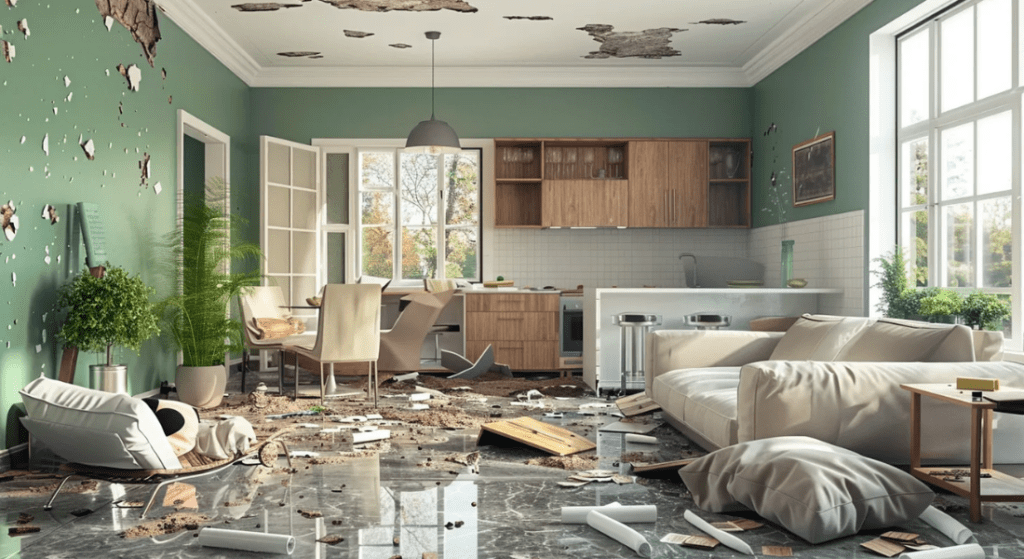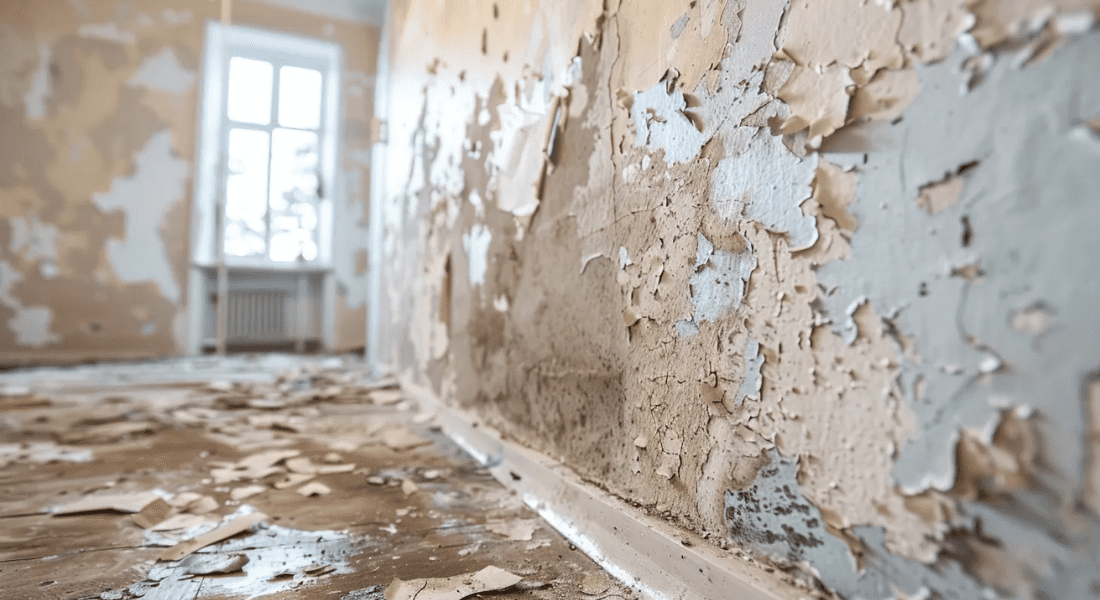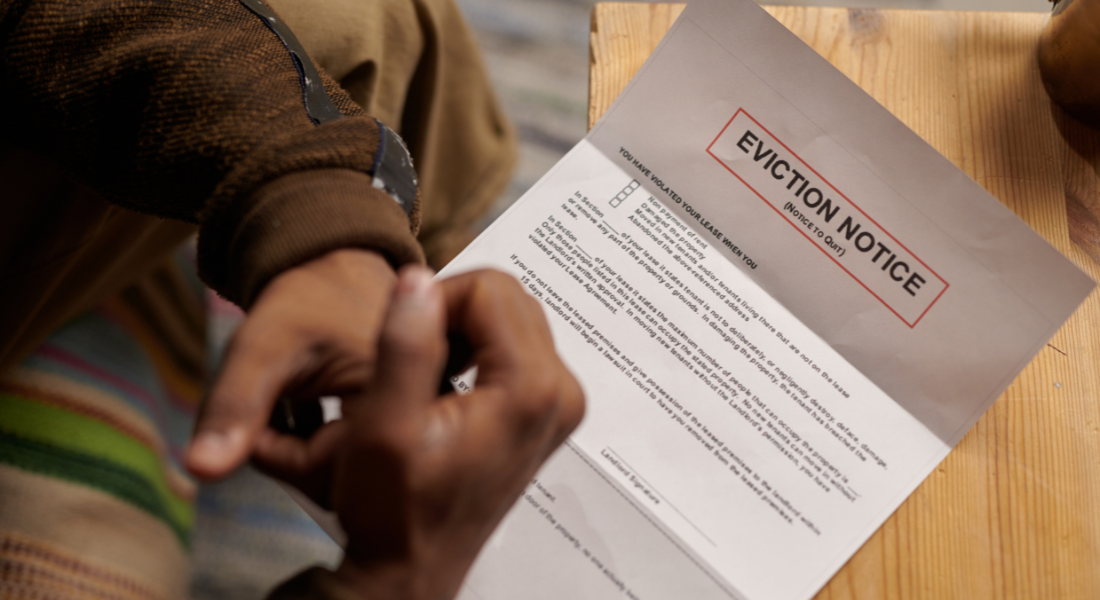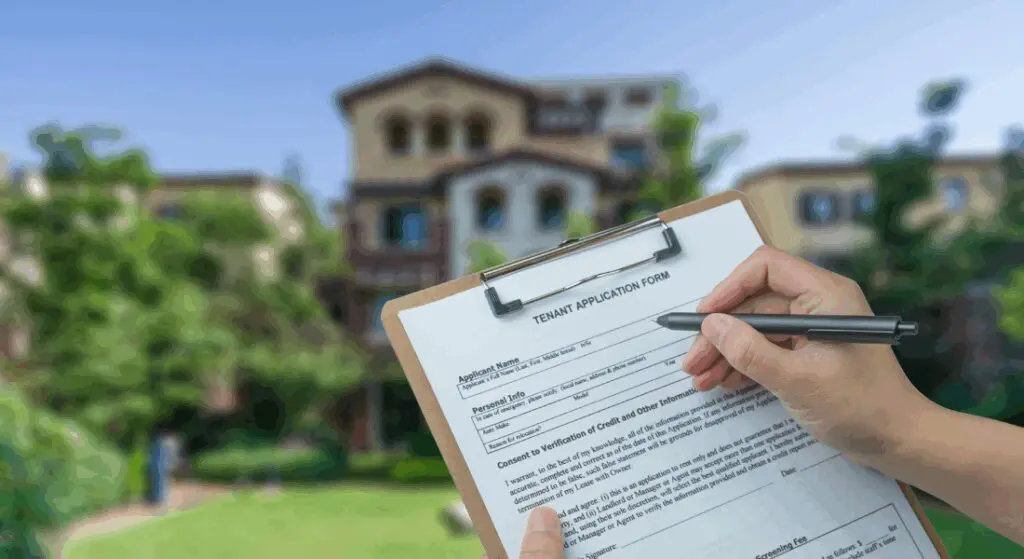Are you worried about tenant damage to your rental property? Tenant damage can be a major headache for landlords, leading to costly repairs and stress. Whether it’s accidental or intentional, dealing with damage can feel overwhelming and expensive.
Here’s the good news: You don’t have to face these challenges alone. This guide will walk you through essential steps to protect your property, understand your rights, and handle tenant-caused damage effectively. From screening tenants to dealing with repairs, we’ll cover everything you need to know to keep your property safe and your investment secure.
Table of Contents
Toggle1. What Are the Common Types of Tenant Damage?
Tenant damage can range from small issues to significant damage that needs major repairs. It’s important to understand the difference between normal wear and tear, which happens over time, and damage caused by tenants that goes beyond that. Some common types of tenant damage include broken appliances, holes in walls, stained carpets, and damage to fixtures like lights or faucets.
Knowing the difference between normal wear and tear and tenant-caused damage is key because it determines who is responsible for fixing it. Wear and tear are usually the landlord’s responsibility, but damage caused by tenants may require them to pay for repairs. Spotting damage early can save you both time and money.
2. How Should Landlords Document Property Damage?
Documenting property damage is crucial for landlords. Before a tenant moves in, do a detailed inspection of the property and take photos or videos to record its condition. This can be very helpful if you need to resolve any disputes later on.
When you notice damage, make sure to document it thoroughly. Take clear photos and videos, and write down the date and time you found the damage. You should also give the tenant a list of the damages with the estimated repair costs. Keeping a good record of the property’s condition before and after the tenancy helps protect you as a landlord.
3. What Legal Action Can Landlords Take When a Tenant Destroys Property?
If a tenant destroys your property, it’s important to know your legal options. Depending on how bad the damage is, you might need to take legal action to get your money back. This could mean suing the tenant in small claims court or using their security deposit to cover the costs.
Before taking legal action, check if the tenant has insurance that could pay for the damage. If the damage costs more than the tenant’s security deposit, you might need to file a claim with your landlord insurance. Legal action can be time-consuming and expensive, so think carefully before deciding to proceed.
4. How Can Landlords Prevent Tenant Damage?
Preventing tenant damage starts with taking proactive steps. One of the best ways is through tenant screening. By carefully checking a tenant’s background before signing a lease, you can spot potential issues and avoid problems down the road.
Clear communication is also key. Make sure tenants understand their responsibilities for taking care of the property. Regular inspections allow you to catch small issues before they become big problems. By setting clear expectations and maintaining a positive relationship with your tenants, you can better protect your property from damage.
5. What Are the Landlord’s Rights When a Tenant Damages Property?
Landlords have specific rights when a tenant damages their property. These include the right to deduct repair costs from the tenant’s security deposit, file an insurance claim, eviction, or even take the tenant to small claims court for compensation.
It’s important to know the legal rules in your area, as landlord rights can differ. In some places, you might need to give the tenant a chance to fix the damage before taking further steps. Understanding your rights ensures you handle tenant-caused damage properly and legally.
6. How Should Landlords Handle Property Damage Caused By The Tenant?
When a tenant causes property damage, it’s essential to stay calm and follow a clear process. Start by inspecting the damage and documenting everything with photos and notes. Then, decide if the tenant’s security deposit will cover the repair damages or if you need to take additional legal steps.
Communicate with the tenant about the damage and how you expect it to be handled. If the tenant refuses to pay or disagrees with your assessment, you may need to involve legal help. Staying organized and following a plan will make it easier to manage this challenging situation.

7. What Does Landlord Insurance Cover When It Comes to Tenant Damage?
Landlord insurance is like a safety net for property owners, covering various types of damage, including damage caused by tenants. If the damage goes beyond what the tenant’s security deposit can cover, you might need to file an insurance claim.
However, not all policies cover everything, so it’s important to know the details of your insurance. Some policies might exclude certain types of tenant damage, while others could offer full coverage. It’s a good idea to review your policy and talk with your insurance provider to make sure you’re protected.
8. What Can Landlords Do if a Tenant Refuses to Pay for Damages?
If a tenant refuses to pay for the damage they’ve caused, you have a few options. Start by trying to negotiate and reach an agreement. If that doesn’t work, you might need to take the tenant to small claims court or use their security deposit to cover the costs.
Sometimes, legal action is the only way to recover your losses. Make sure to keep records of all communication with the tenant and document the damage and repair costs. This will help strengthen your case if you need to go to court.
9. How Should Landlords Handle Accidental vs. Intentional Damage?
Accidental damage and intentional damage are two different things, and they require different approaches. Accidental damage, like a broken appliance or a small spill, is usually seen as normal wear and tear and might be covered by your property insurance.
Intentional damage, like vandalism or purposely destroying property, is much more serious and might lead to legal action. Knowing what caused the damage can help you decide how to respond. In some cases, intentional damage could even lead to eviction or legal action against the tenant.
10. What Should Landlords Include in a Rental Agreement to Protect Against Tenant Damage?
A strong rental agreement is key to protecting your property from tenant damage. It should clearly state the tenant’s responsibilities for taking care of the property, what happens if they cause damage, and how they should report and repair any damage.
You might also want to include clauses for regular inspections, damage assessments, and using the security deposit to cover repairs. By setting clear expectations from the start, you can avoid disputes and keep your property in good shape.
Summary of Key Points:
- Understanding Tenant Damage: Recognize the difference between normal wear and tear and tenant-caused damage to take appropriate action.
- Documenting Damage: Thoroughly document the condition of your property before and after a tenancy to protect your rights.
- Legal Options: Know when to take legal action if a tenant destroys your property, and understand your rights as a landlord.
- Prevention Strategies: Implement tenant screening, clear communication, and regular inspections to minimize the risk of damage.
- Insurance Coverage: Ensure your landlords insurance policy covers tenant-caused damage, and know how to file a claim if necessary.
- Handling Non-Payment: Be prepared to take legal action if a tenant refuses to pay for damages, and keep detailed records to support your case.
- Accidental vs. Intentional Damage: Differentiate between accidental and intentional damage to determine the appropriate response.
- Rental Agreement Protection: Include specific clauses in your rental agreement to safeguard your property from tenant damage.
By staying informed and proactive, landlords can effectively manage tenant damage and protect their investments from costly repairs.
FAQ
Q. What Are Renters’ Rights in Tennessee?
A. Renters in Tennessee have the right to a habitable living environment, privacy (with 24-hour notice before landlord entry), and a written lease. They can request repairs and may withhold rent if repairs aren’t made. Landlords cannot evict without proper notice and cause.
Q. What Is the Difference Between Wear and Tear and Damage?
A. Wear and tear is normal, gradual deterioration from regular use, like minor scuffs or worn carpets. Damage is caused by misuse or accidents, such as broken windows or large stains. Tenants are responsible for damage, not normal wear and tear.
Q. Can a Landlord Enter Without Permission in Tennessee?
A. No, landlords must give at least 24 hours notice before entering a rental property, except in emergencies. Unauthorized entry is not allowed.
Q. What Are the Occupancy Laws in Tennessee?
A. Tennessee doesn’t specify exact occupancy limits, but generally, it’s two people per bedroom, with exceptions for children. Landlords may set limits in the lease, but they must follow local codes and avoid discrimination.




